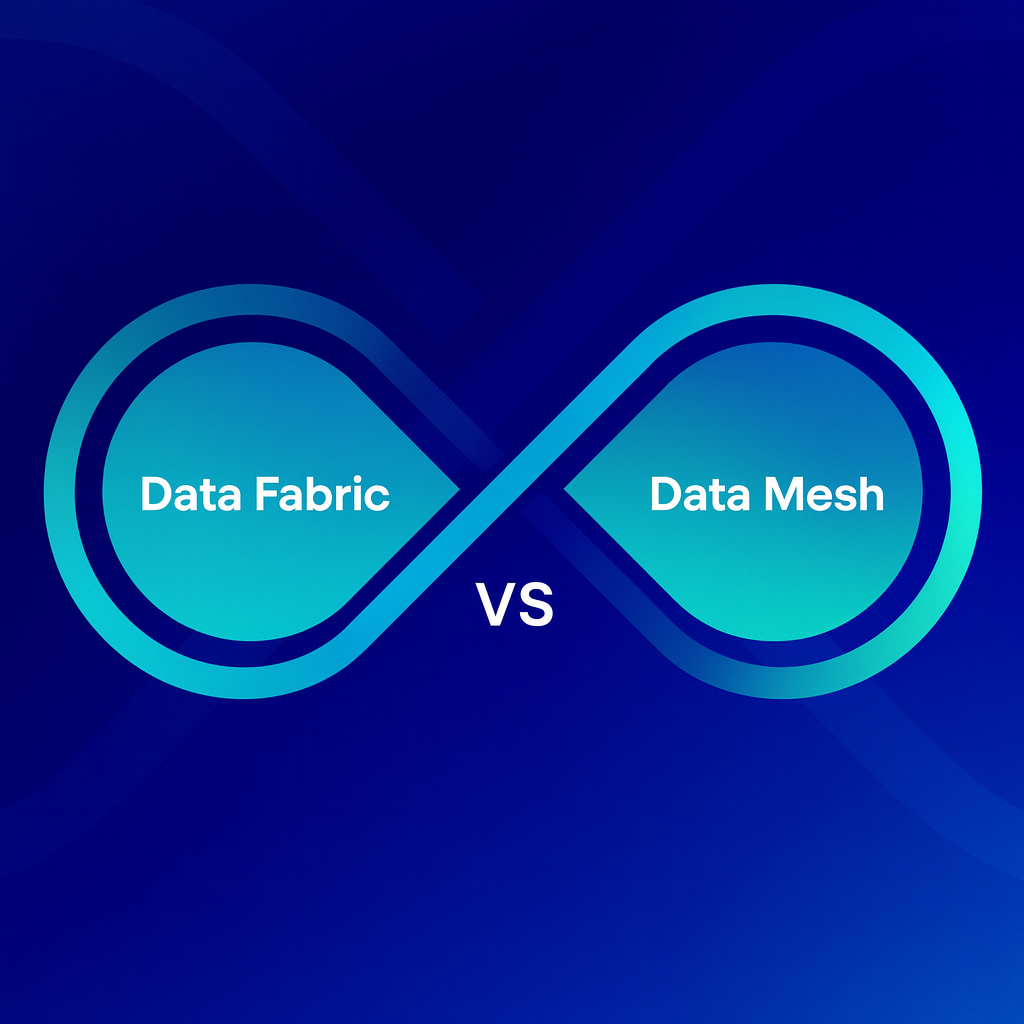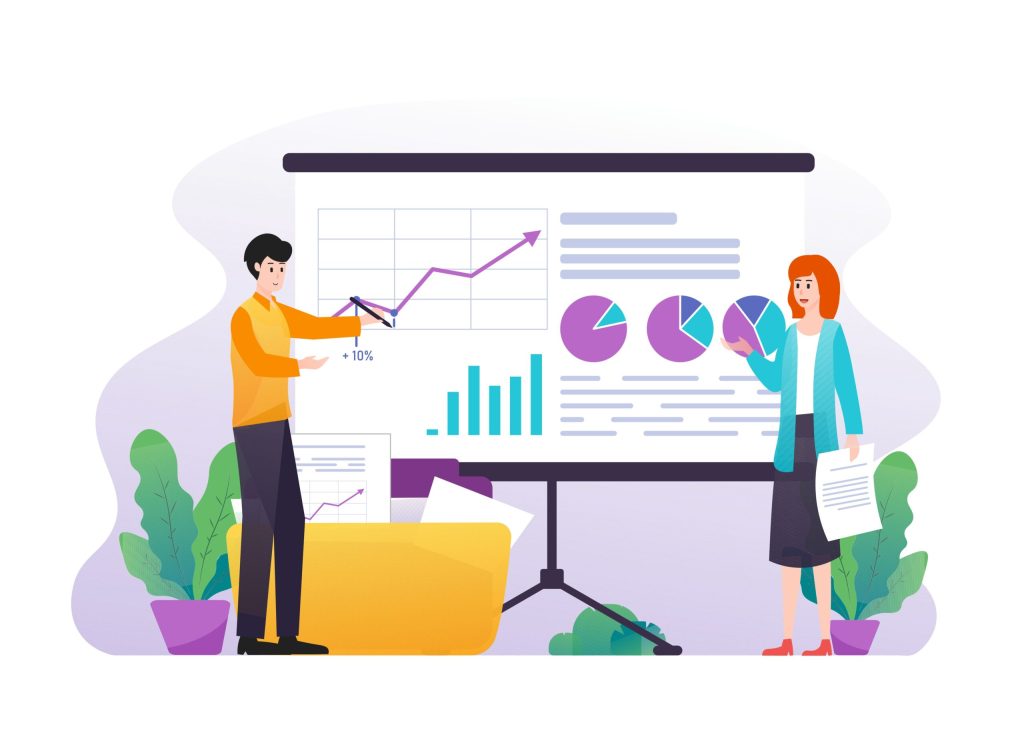Table of Contents
Introduction
Data may be the world’s most valuable resource, but without the right infrastructure, it’s just noise. Modern businesses need actionable insights—fast. That’s where The Data Engineer’s Toolbox comes in. This toolbox isn’t a single product but a carefully chosen collection of data engineering tools that power seamless analytics, enable decision-making, and future-proof organizations.
In this article, we’ll explore what belongs inside The Data Engineer’s Toolbox, why these tools are essential for any modern data stack, and how companies can use them to gain a competitive advantage. From ETL and ELT solutions to cloud data platforms and real-time analytics, you’ll see how each piece fits together to transform raw information into business value.
Why The Data Engineer’s Toolbox Matters
Companies today generate more data than ever—transactional records, customer interactions, IoT streams, and third-party sources. But here’s the challenge:
80% of data is unstructured and hard to analyze
Data silos prevent teams from accessing a single version of the truth
Legacy systems can’t keep up with modern big data processing demands
The Data Engineer’s Toolbox solves these problems. With the right mix of tools, businesses can:
Centralize all their data sources
Ensure data is clean, reliable, and analysis-ready
Power seamless analytics across departments
Scale operations without massive infrastructure investments
In short, the toolbox isn’t optional—it’s essential.
Core Components of The Data Engineer’s Toolbox
1. ETL and ELT Solutions
The foundation of any modern data stack is the ability to move and transform data. ETL (Extract, Transform, Load) and ELT (Extract, Load, Transform) solutions handle this process.
ETL: Data is extracted, cleaned, and transformed before being loaded into a warehouse.
ELT: Raw data is loaded first, with transformations handled inside the warehouse itself.
Popular tools include:
Fivetran – Known for its plug-and-play connectors
dbt – Ideal for SQL-based data transformations
Apache NiFi – Great for real-time, custom workflows
Why it matters: Without ETL/ELT, businesses can’t unify data from diverse systems. For more basics on how this works, see Data Engineering 101: What Every Business Leader Should Know.

2. Cloud Data Platforms
Once data is ingested, it needs a home. Today’s enterprises rely on cloud data platforms for cost-effective, scalable storage and querying.
Leading platforms include:
Snowflake – Known for separation of compute and storage
Google BigQuery – Serverless, fast, and highly reliable
Amazon Redshift – Flexible and enterprise-friendly
Benefits of cloud platforms in The Data Engineer’s Toolbox:
On-demand scalability
Reduced operational costs
Built-in security and compliance
? Learn how Engine Analytics implements these solutions on our Services Page.
3. Big Data Processing Frameworks
Handling massive datasets requires specialized big data processing frameworks that can scale across clusters.
Apache Spark – The industry standard for fast, distributed data processing
Apache Flink – Optimized for real-time analytics
Hadoop – The classic framework that still powers many large-scale data lakes
These frameworks ensure that your business can process terabytes—or even petabytes—of data efficiently. As Databricks Research highlights, open-source frameworks like Spark and Flink are not only driving analytics but also powering next-generation machine learning and AI workloads at scale.
4. Real-Time Analytics Tools
Speed is the new currency in business. Companies can no longer wait hours—or days—for reports. That’s why The Data Engineer’s Toolbox must include tools for real-time analytics.
Common platforms:
Kafka – A powerful backbone for event streaming
Kinesis – Amazon’s managed real-time pipeline solution
ClickHouse – Blazing-fast OLAP database for interactive analytics
Use cases:
Fraud detection in banking
Real-time customer personalization in e-commerce
Logistics optimization in supply chains
This is what truly enables seamless analytics—insights delivered instantly when they matter most.
5. Orchestration and Workflow Management
Data doesn’t move in a straight line. Pipelines can involve dozens of steps, each dependent on the next. Orchestration ensures these pipelines run reliably and on schedule.
Apache Airflow – The gold standard in open-source orchestration
Prefect – Flexible and cloud-native
Dagster – Built for “data-as-code” workflows
Without orchestration, your ETL and ELT solutions risk breaking at scale. With it, your modern data stack becomes resilient and transparent.

6. Monitoring and Data Quality Tools
Imagine making a million-dollar decision based on faulty data. It happens more often than you think. That’s why The Data Engineer’s Toolbox must include data quality and observability platforms.
Monte Carlo – Automated observability and alerts
Great Expectations – Open-source data validation
Collibra – Enterprise governance and compliance
For a closer look at why integration and monitoring are vital, read Connecting the Dots: The Importance of Integrating All Your Data Sources.
Industry Use Cases for The Data Engineer’s Toolbox
To understand the toolbox’s value, let’s see how it works across industries.
Finance
ETL solutions pull transactional data from multiple systems.
Real-time analytics detects fraud instantly.
Cloud data platforms store regulatory records securely.
Healthcare
Big data processing frameworks manage genomic research data.
Monitoring tools ensure compliance with HIPAA.
Seamless analytics provides doctors with insights at the point of care.
Retail
Real-time analytics powers personalized promotions.
ETL/ELT consolidates sales, inventory, and marketing data.
Cloud platforms scale up during peak shopping seasons.
Manufacturing
IoT data streams feed into Kafka pipelines.
Spark processes predictive maintenance models.
Dashboards deliver instant production insights.
How These Tools Enable Seamless Analytics
Bringing together ETL, cloud data platforms, big data processing, and real-time analytics creates a streamlined environment. This combination is what makes analytics seamless rather than fragmented.
According to Gartner Research, organizations that adopt modular, cloud-first data stacks consistently outperform peers in speed, scalability, and overall analytics maturity. That reinforces why having the right set of tools in The Data Engineer’s Toolbox is critical to long-term success.
Future Trends in The Data Engineer’s Toolbox
The toolbox isn’t static—it’s evolving. Here’s where it’s heading:
AI-driven pipelines: Automating anomaly detection and optimizations
Data mesh architectures: Distributing ownership across business units
Serverless data engineering: Reducing operational overhead further
Integration with ML platforms: Bringing predictive power closer to raw data
As Gartner points out, companies adopting modular, cloud-native toolchains will outperform peers by 30% in analytics outcomes.
Conclusion
The companies winning today’s data race aren’t the ones collecting the most data—they’re the ones using it effectively. With The Data Engineer’s Toolbox, you can unify sources, ensure quality, scale efficiently, and power seamless analytics across every corner of your business.
At Engine Analytics, we help organizations design and deploy the right toolbox tailored to their needs. Ready to future-proof your analytics strategy? Contact us today and discover how your raw data can become your greatest competitive advantage.
Here’s Some Interesting FAQs for You
1. What is The Data Engineer’s Toolbox?
The Data Engineer’s Toolbox is a collection of essential data engineering tools that work together to manage the entire data lifecycle. This includes ETL and ELT solutions for moving and transforming data, cloud data platforms for scalable storage and querying, big data processing frameworks for handling massive volumes, and monitoring systems to ensure accuracy. With the right toolbox, businesses can turn raw, fragmented data into actionable, reliable insights that fuel smarter decision-making.
2. Why is real-time analytics crucial?
Real-time analytics is vital because today’s business environment moves too fast for delayed reports. Waiting hours—or days—for insights means missed opportunities. With real-time data pipelines powered by tools like Kafka or Kinesis, organizations can detect fraud the moment it occurs, personalize customer experiences instantly, and optimize supply chains on the fly. In short, real-time analytics helps businesses stay proactive rather than reactive, which is a core benefit of The Data Engineer’s Toolbox.
3. How do I decide which tools my business needs?
Not every company needs every tool. The ideal Data Engineer’s Toolbox depends on your scale, industry, and strategic goals. For example, a startup might focus on lightweight cloud data platforms and automated ELT solutions, while a large enterprise may require advanced orchestration, governance, and big data processing frameworks. The key is to avoid a “one-size-fits-all” approach. Partnering with a trusted consultant like Engine Analytics ensures your toolbox is customized, cost-effective, and built for long-term success.
The Data Engineer’s Toolbox is a collection of essential data engineering tools that work together to manage the entire data lifecycle. This includes ETL and ELT solutions for moving and transforming data, cloud data platforms for scalable storage and querying, big data processing frameworks for handling massive volumes, and monitoring systems to ensure accuracy. With the right toolbox, businesses can turn raw, fragmented data into actionable, reliable insights that fuel smarter decision-making.
Real-time analytics is vital because today’s business environment moves too fast for delayed reports. Waiting hours—or days—for insights means missed opportunities. With real-time data pipelines powered by tools like Kafka or Kinesis, organizations can detect fraud the moment it occurs, personalize customer experiences instantly, and optimize supply chains on the fly. In short, real-time analytics helps businesses stay proactive rather than reactive, which is a core benefit of The Data Engineer’s Toolbox.
Not every company needs every tool. The ideal Data Engineer’s Toolbox depends on your scale, industry, and strategic goals. For example, a startup might focus on lightweight cloud data platforms and automated ELT solutions, while a large enterprise may require advanced orchestration, governance, and big data processing frameworks. The key is to avoid a “one-size-fits-all” approach. Partnering with a trusted consultant like Engine Analytics ensures your toolbox is customized, cost-effective, and built for long-term success.








